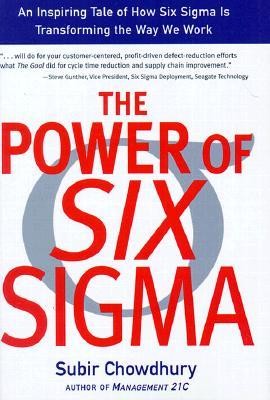How does the pursuit of ‘continuous improvement’ help me raise the bar on quality?
Quality & Process
When ‘quality’ ceases to be just lip service from one employee to another – it becomes a process for continuous improvement toward perfection.
An executive once emailed me a quote that reads: perfection is unknowable. I’m sure his source was Confucius or Zen teaching, but I also find this thought noted in Western cultures as well.
So, maybe perfection is unattainable all things, but perfection is what we seek in all aspects of our lives. And it is interesting how we rationalize the contradiction between what we realize is possible and what we expect from our efforts. But is the goal really perfection?
In an optimized organization, all processes move toward perfection.
In an optimized organization, all processes move toward perfection. That’s how we can expect the greatest result from the smallest action. When nothing misses our attention; when every nuance snaps into our view, then we begin to work for continuous improvement toward perfection.
There is nothing really revolutionary about the idea of continuous improvement. It has been espoused by philosophers, coaches and great leaders. I believe that this is the underlying philosophy for every slogan that asks us to look deep within ourselves to reach for greater goals than we might otherwise achieve. That’s why the word “perfection” embellishes hundreds if not thousands of corporate mission statements. Those of us who aim for perfection come the rewards that are denied to those who – from lack of will or lack of awareness – give up the effort or never try.
That is why successful organizations seek to improve their quality process – to achieve the highest level of optimization possible. They know that if a company wants to turn out high-quality products or services, the kind that will truly delight existing customers and attract new ones, you need to keep raising the bar on quality.
From the perspective of your deliverables – the products and services that you offer to your customers – things work and fail for all sorts of reasons. When you optimize, you analyze every design and solution down to every detail. Not only are you aware of strengths, but have full knowledge of every weakness. And a plan for optimization is always at your fingertips.
I see Optimization as a three-part process.
- First, you must accept perfection as your goal. Not just for the organization, but for yourself as well. When you raise the quality level of your products or processes, set the bar high and keep raising it. A better average is not the goal; you want perfection.
- Second, worry about the details. Make your optimization process the means of knowing every detail about your product or service. Filter good news and bad news through your own protective paranoia and keep asking yourself: “Did we do everything possible? What may go wrong? Will our design and solutions really work?”
- Third, prepare your team for the pursuit of perfection. Some may not have the passion that you have, but here’s where you must make them understand why ‘good enough’ has to be treated as merely a starting point, not the finish. Show them why the extra effort toward greater quality is a benefit to customers and employees alike.
I know that the optimization process may puzzle and seem counterintuitive to many Westerners. I also agree that if ‘good enough’ is profitable, then that’s a good place to be. But then the next question should be is ‘good enough’ sustainable? What happens if a competitor shows up with a similar product that is better? What then?
We need only look back to the so-called Japanese industrial invasion of the late 1960s to understand the implication of sustained quality and optimization. Now, all three major American car manufacturers practice some form of optimization – both with their products but also within their organizations.
Once the basic concept is understood, optimization makes complete sense. Perfection may not be knowable in all situations, but sustainable success is achieved only when we constantly work toward it.



















